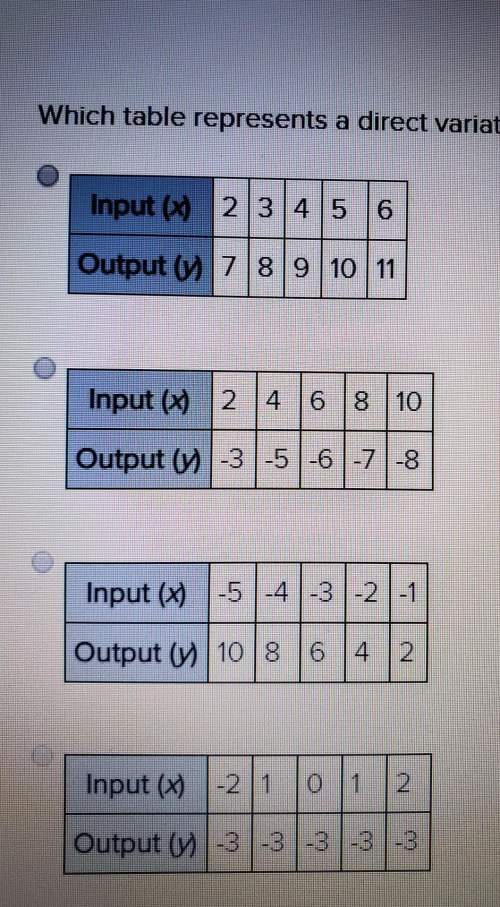
Mathematics, 17.11.2020 23:10 rajenkins79
In the figure below, JH = 3, HI = 4, and JI ≠ 5.
If we assume ∠H is a right angle, it follows that JI = 32 + 42−−−−−−−√ = 5. This contradicts the given statement that JI ≠ 5. What conclusion can be drawn from this contradiction?
∠H is a right angle
∠H is not a right angle
JI > 5
JI = 5


Answers: 3
Another question on Mathematics

Mathematics, 21.06.2019 14:50
Alength on a map is 7.5 inches. thescale is 1 inch: 5 miles. what is theactual distance? a 1.5 miles c 12.5 milesb 2.5 miles d 37.5 miles
Answers: 1

Mathematics, 21.06.2019 16:40
If 24 people have the flu out of 360 people, how many would have the flu out of 900. choose many ways you could use proportion that david would use to solve this problem
Answers: 1

Mathematics, 22.06.2019 00:00
Which of the following is the maximum value of the equation y=-x^2+2x+5 a. 5 b. 6 c. 2. d. 1
Answers: 1

Mathematics, 22.06.2019 00:00
Which expression is a perfect cube? a. x8 b. y24 c. m28 d. x64
Answers: 3
You know the right answer?
In the figure below, JH = 3, HI = 4, and JI ≠ 5.
If we assume ∠H is a right angle, it follows that...
Questions

Physics, 08.05.2021 18:50


Arts, 08.05.2021 18:50

Mathematics, 08.05.2021 18:50


Chemistry, 08.05.2021 18:50

History, 08.05.2021 18:50


Geography, 08.05.2021 18:50

Spanish, 08.05.2021 18:50


Social Studies, 08.05.2021 18:50

Mathematics, 08.05.2021 18:50

Physics, 08.05.2021 18:50

Mathematics, 08.05.2021 18:50

Physics, 08.05.2021 18:50



Mathematics, 08.05.2021 18:50




